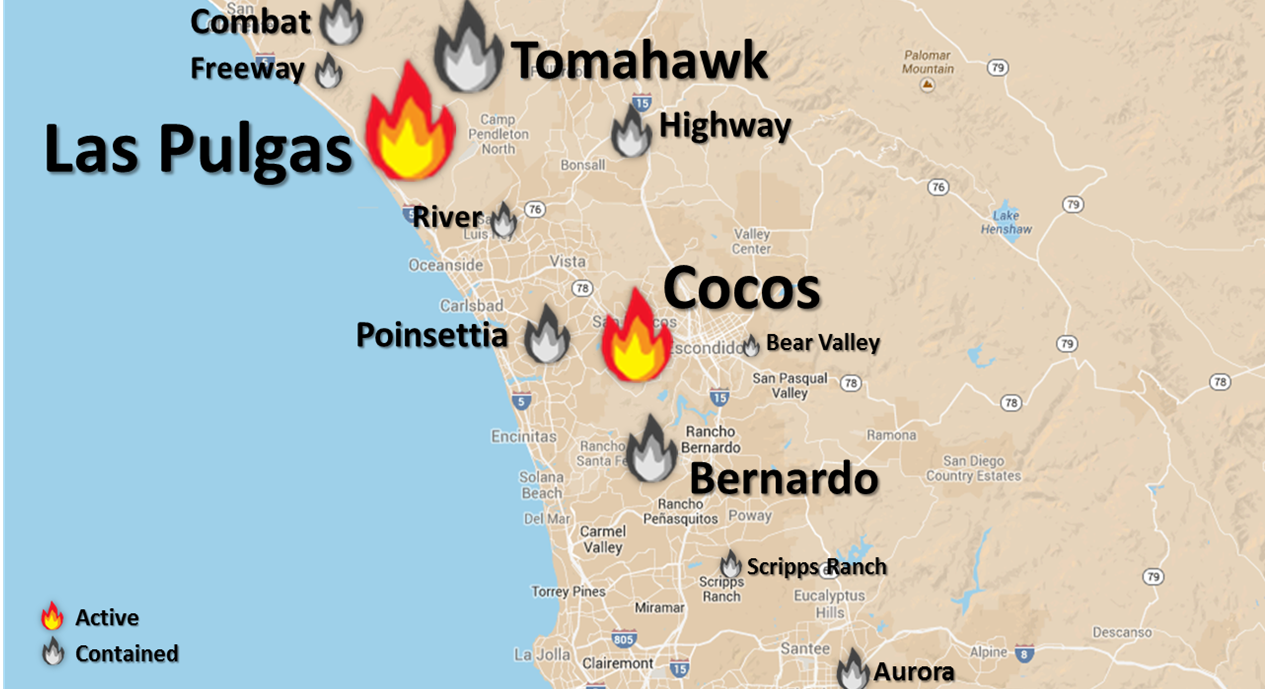Ever notice that wildfires seem to have generic names like the Valley Fire or seemingly random names like the Waldo Fire and wonder where wildfires get their names?
Interestingly, the answer isn’t as easy as the pre-determined alphabetical order of our Pacific and Atlantic hurricanes. Most often the name is determined by the initial attack incident commander or the fire dispatcher. The name is generally based on the geographic location of the fire or a nearby geographic feature, i.e. mountain, canyon, valley, river, etc.

For example if a new wildfire began near Green Lake, it might become the “Lake” Fire or the “Green” Fire. But, if either or both of those names were already used by the first response unit that calendar year, then the dispatcher may decide to coin the fire as the “Green Lake” Fire to be more specific, or a sequel-type name such as the “Lake 2” Fire for areas where few geographic names exist. Often seen as well are wildfire complexes. This is where multiple separate wildfires are joined into one lone-named incident for wildfire management and also financing purposes.
Historic large wildfire data shows generic geographic names lead the way when it comes to being assigned to an event.
Top Fire Names (1895-2010)
|
Name |
Count |
|
Cottonwood |
28 |
|
Bear |
24 |
|
Canyon |
24 |
|
River |
23 |
|
Lake |
21 |
|
Indian |
18 |
|
Pine |
18 |
|
Ranch |
18 |
|
Rock |
17 |
|
Highway |
16 |
![]()



